A.L.G code Y 39 Haguenau
Alg ( Advanced Landing Ground ) was the term given to the temporary advance airfields constructed by the Allies during World War II in support of the invasion of Europe. They were built in the UK prior to the invasion and thereafter in North West Europe from 6 June 1944 to V-E Day, 7 May 1945.
When the Allies invaded Normandy on D-Day, United States Army Air Forces (USAAF) engineers were among those in the initial assault waves. Their mission was to rapidly construct forward operating airfields, known as Advanced Landing Grounds (ALGs), on the European continent. As the Allied armies advanced across France and into Germany, several hundred airfields were built or rehabilitated for use by the allied air forces.
ALGs were selected in two ways. First, existing enemy military or civilian airfields which were captured as the ground forces advanced were noted by engineers assigned to ground units. Second, engineers noted areas in grid locations where an airfield was desired, that had flat terrain, good land drainage, and where an airfield could be constructed quickly.
Dry-weather advanced landing fields were constructed by a single battalion at a favorable site in flat terrain in from one to three days, including time for reconnaissance. At less favorable sites, where more clearing and grading were required, or all-weather fields which also needed additional infrastructure, the time varied from three to ten days.
ALGs were equipped with an access road that was connected to the existing road infrastructure; a dump for supplies, ammunition, and gasoline drums, along with a drinkable water and a minimal electrical grid for communications and station lighting. Tents were used for billeting and also for support facilities. Time was the all-important factor and ALGs serve its purpose if available for only a few days. As the forward area became the rear area, an advanced landing field could be improved for medium bomber use, but initially they primarily served fighter and transport groups.
The Alg 39 has a different story. The city, Haguenau in France has been captured by germans in 1940. In 1944 Allies took the city back. In 1945 Germans captures the city again. After 3 months , Allies took the city back again.
And now its time for the Diorama
I worked 6 months for this diorama. I used 3 airplanes, 7 military vehicles, 40-50 figures, 3 buildings and a lot of other materials.
I could finish it in 6 months. The sizes are; 100 cm X 65 cm
I painted all the models , including planes by brush. I used vallejo acrlycs.
There are too much details in the scene. It s not an easy work, but I really liked my job )
The Diorama got some prices in model competitions too.
I will be glad if u like it.
Enjoy,
Gürkan Özkan.......
Note from "miniafv" :
I had previously published some models. Links are here , Erhan...
** PST Zıs-5 truck :http://miniafv....pst-172-zis-5v-truck-by-gurkan-ozkan.html
** Italeri stone house :http://miniafv....italeri-172-stone-house-by-gurkan-ozkan.html
** PST 37 mm AA gun :http://miniafv...172 37-mm-aa-gun-by-gurkan.html
** Matchbox Sherman firefly :http://miniafv....matchbox-revell-176-sherman-firefly-by.html
** Airfix Airfield Control Tower :http://miniafv....airfix-176-airfield-control-tower-by.html
** Airfix GMC Truck :http://miniafv....airfix-172-gmc-truck-by-gurkan-ozkan.html


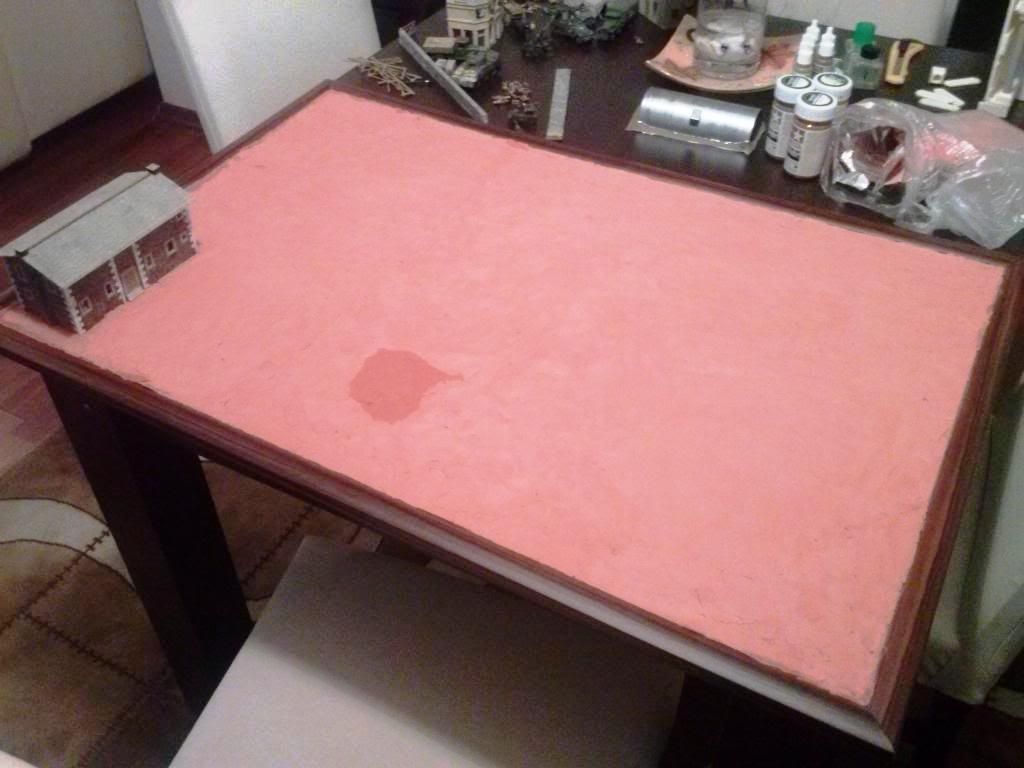
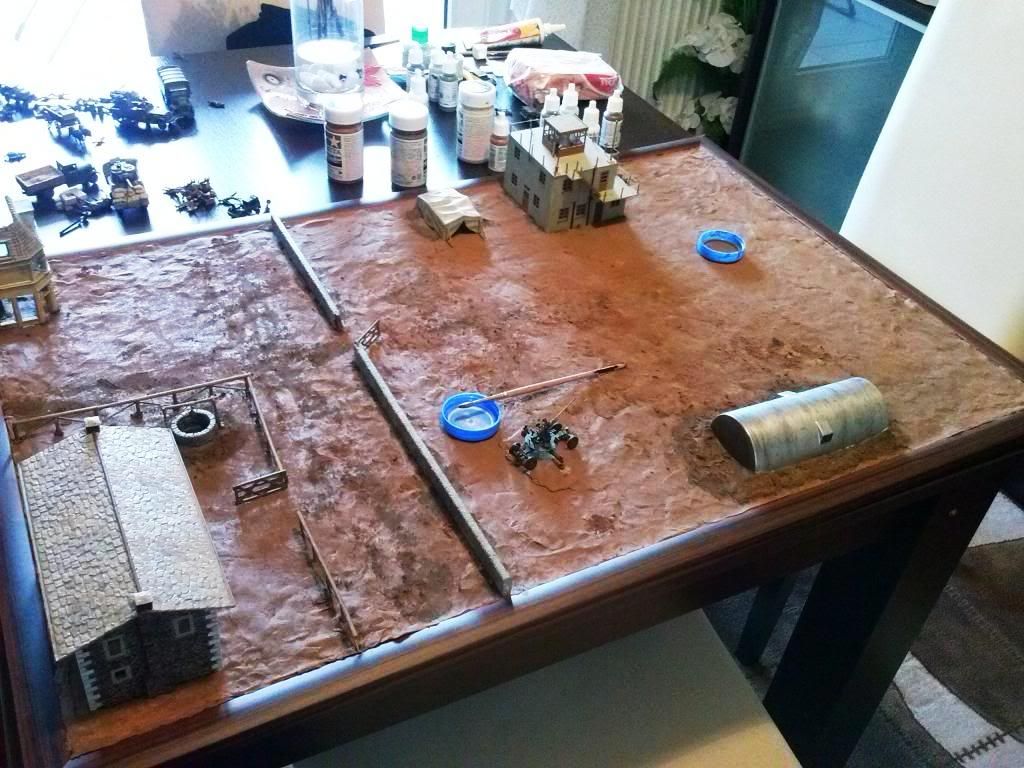
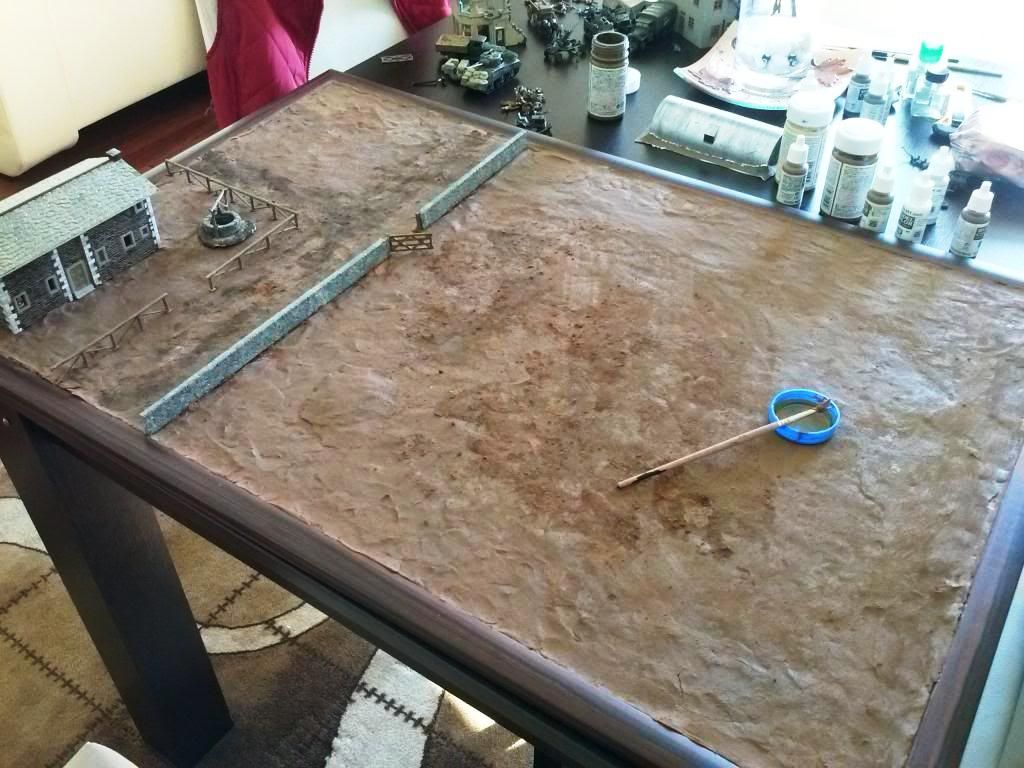
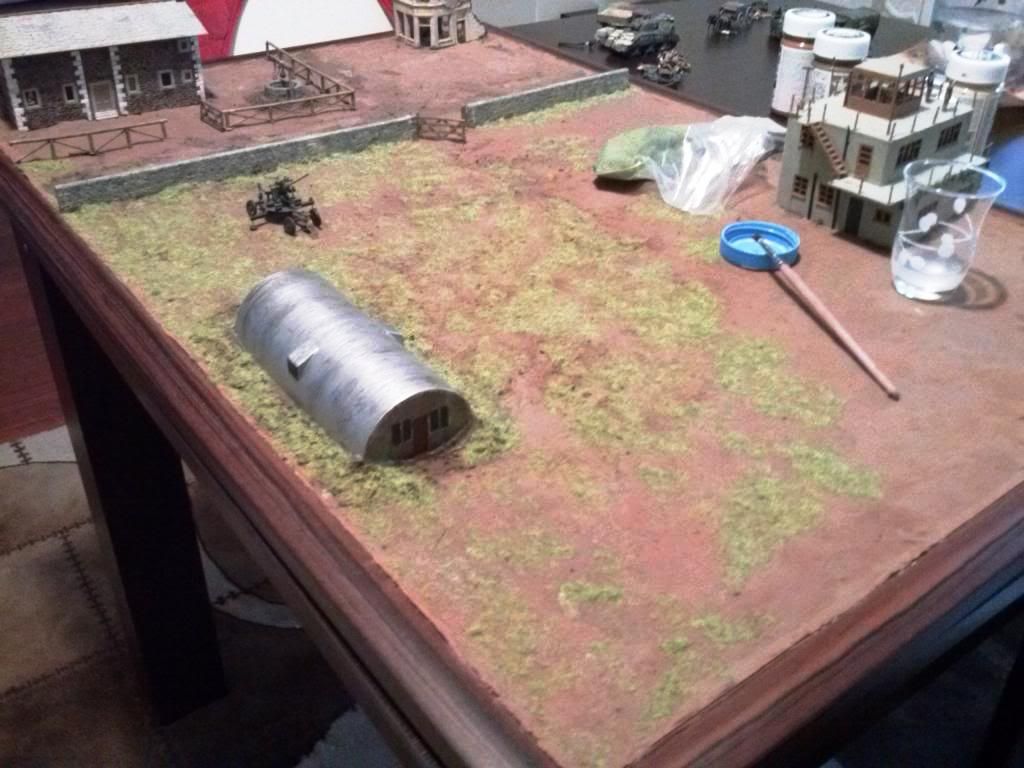

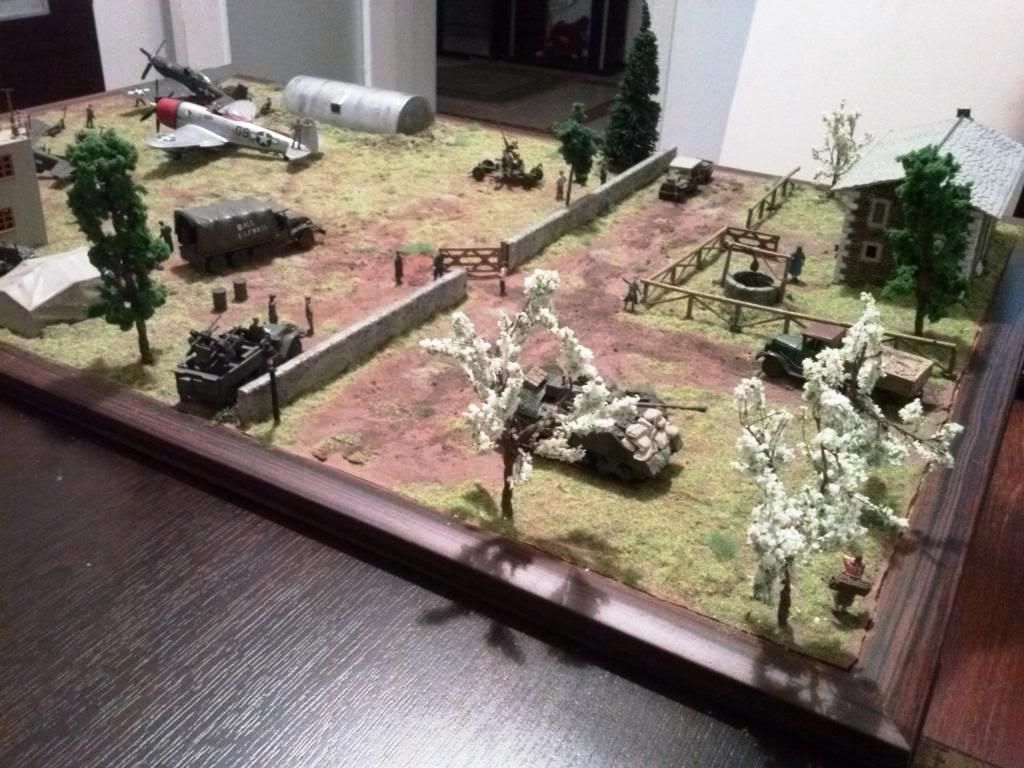

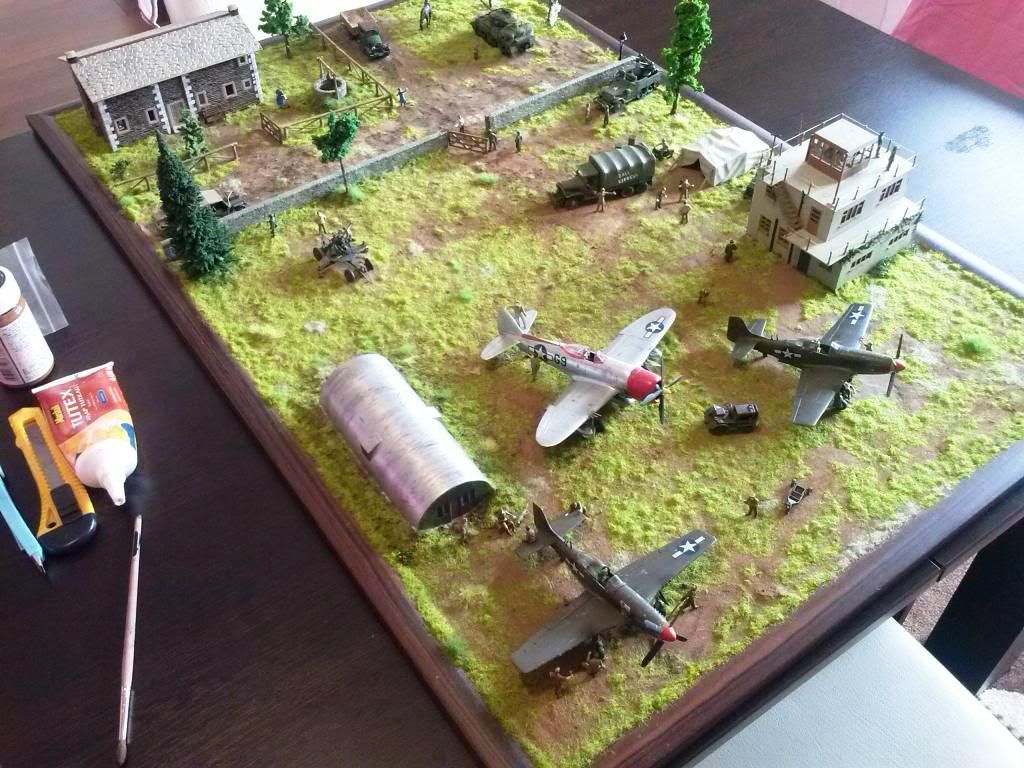
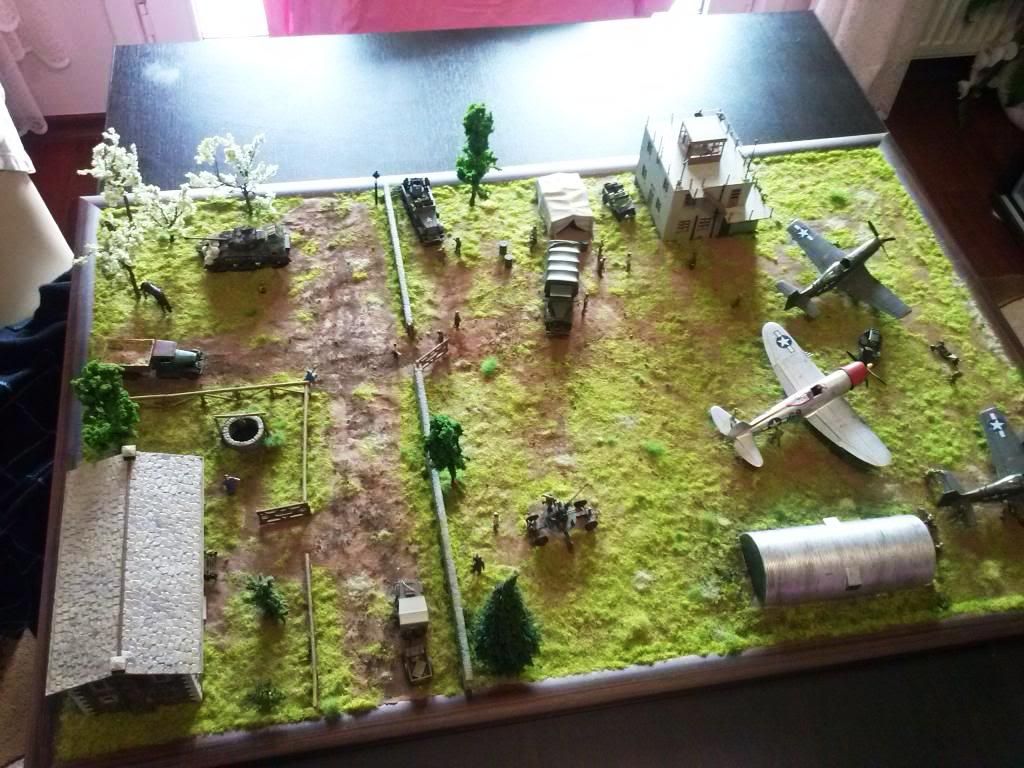

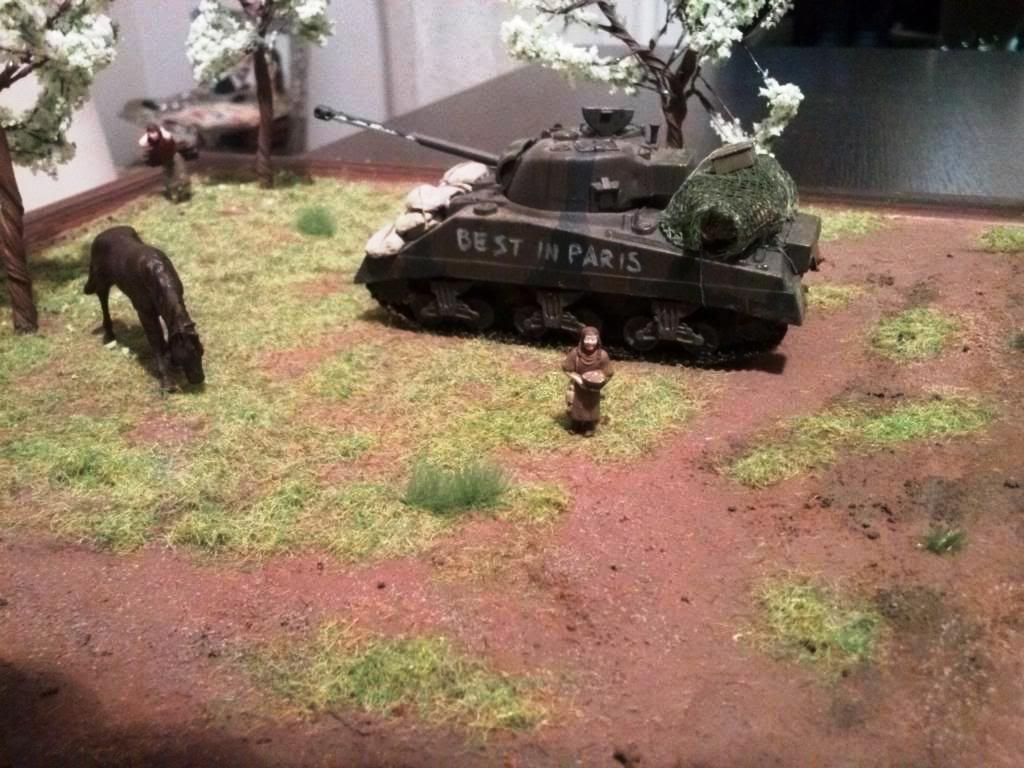
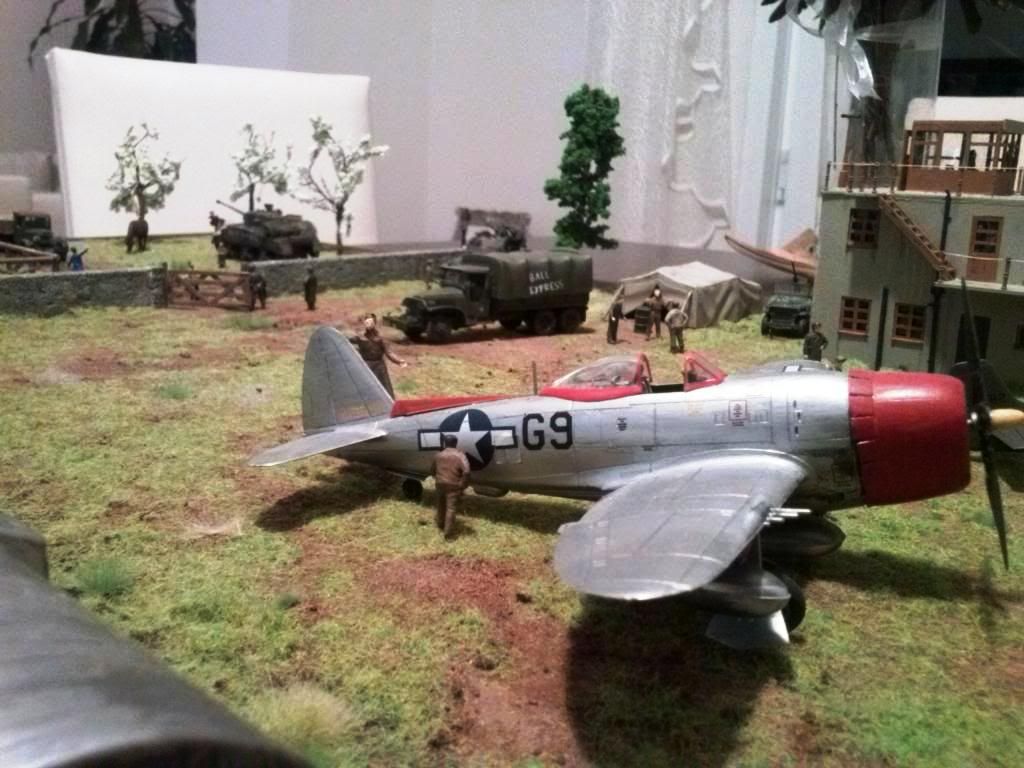
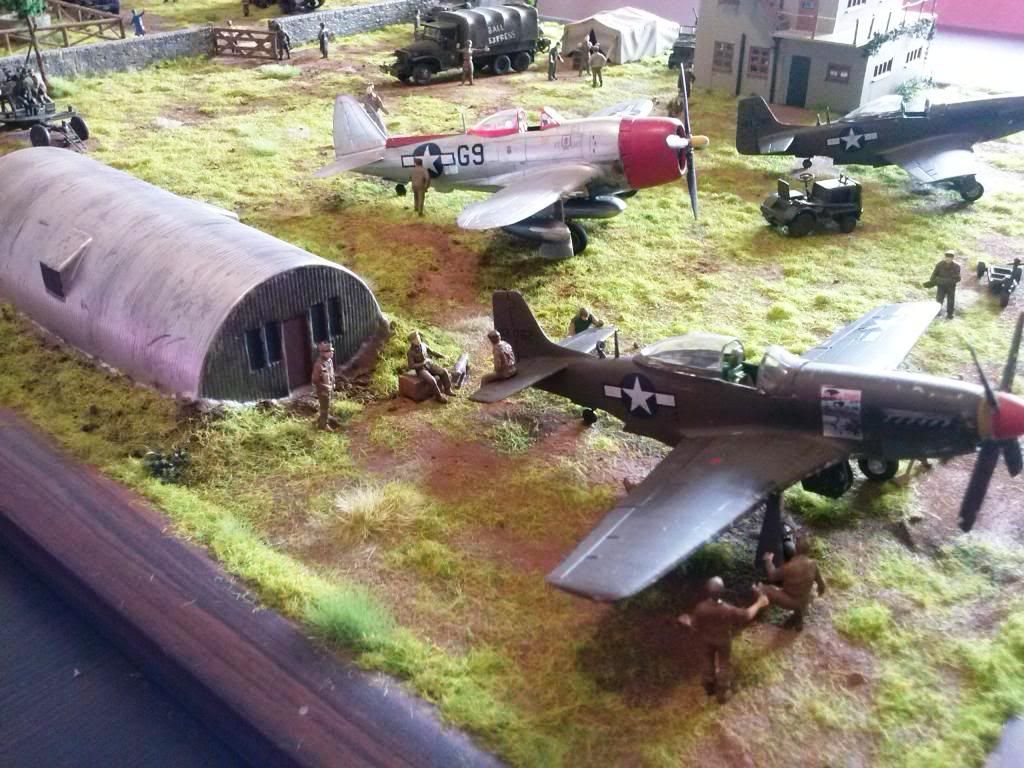
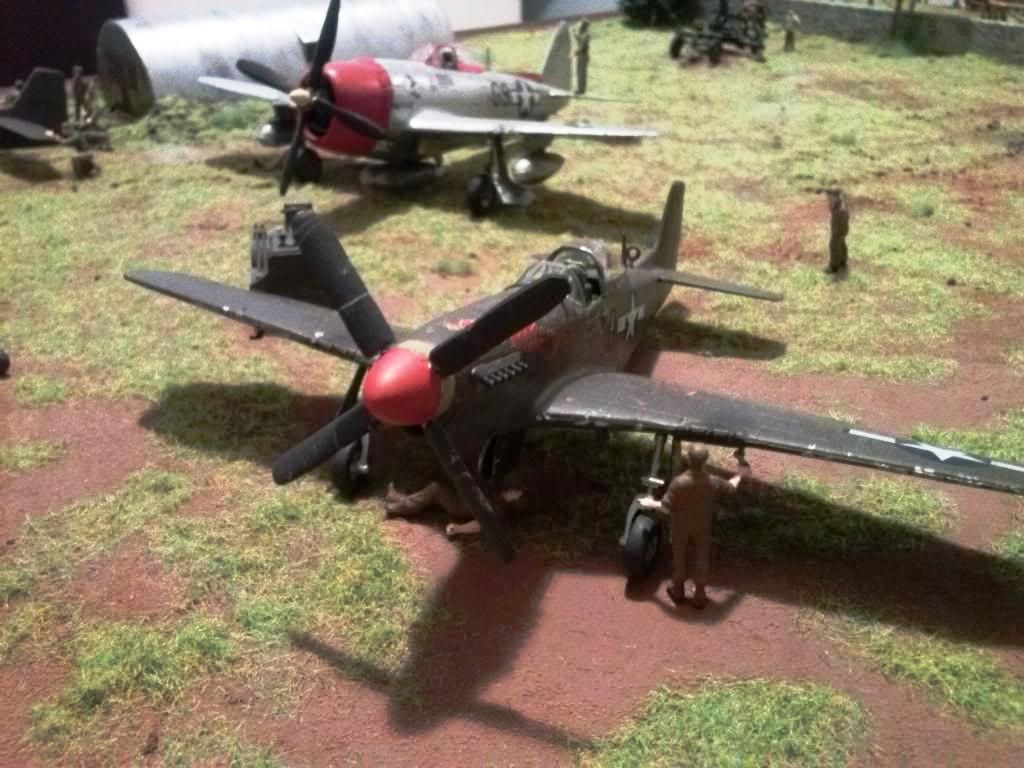

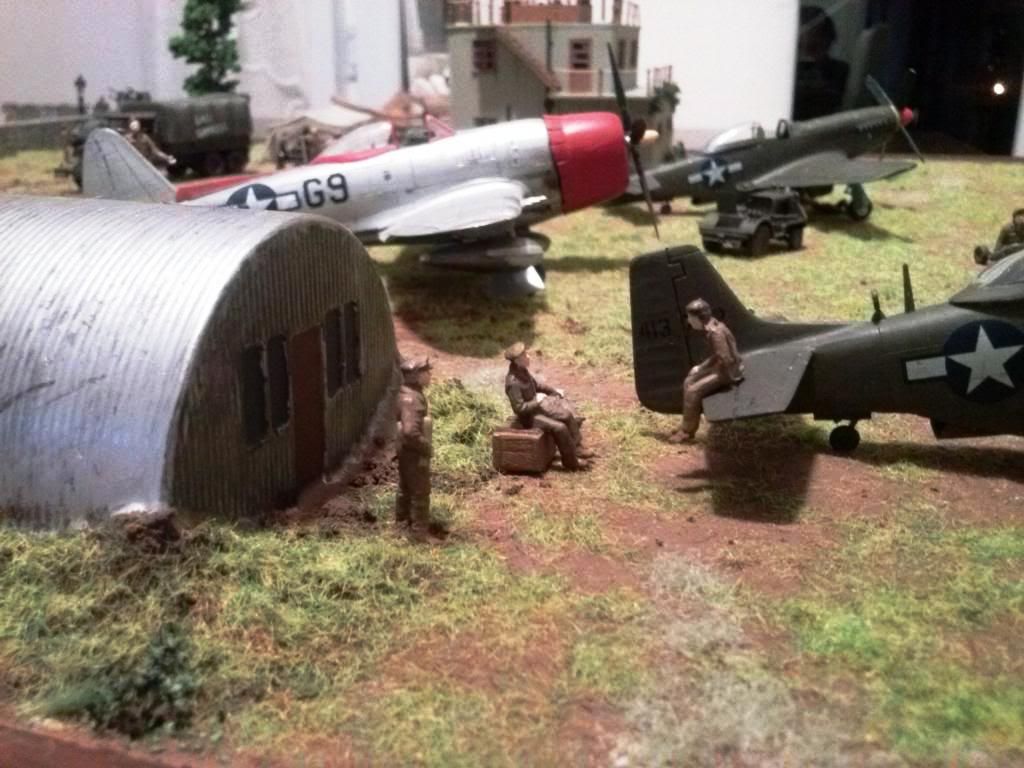
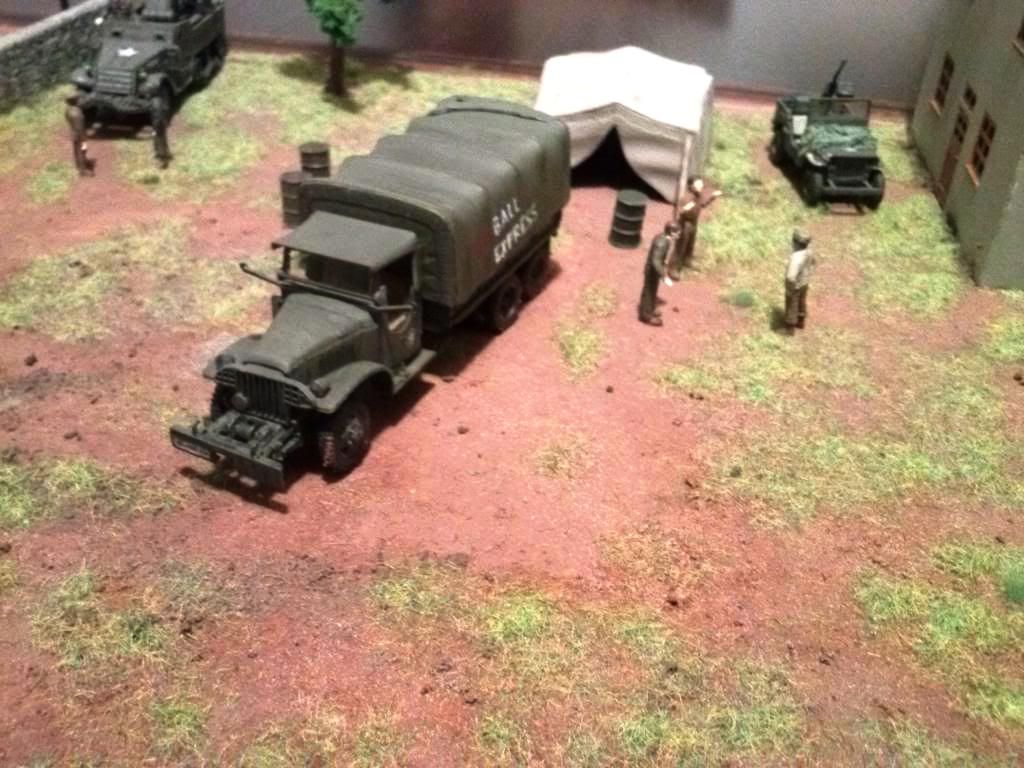
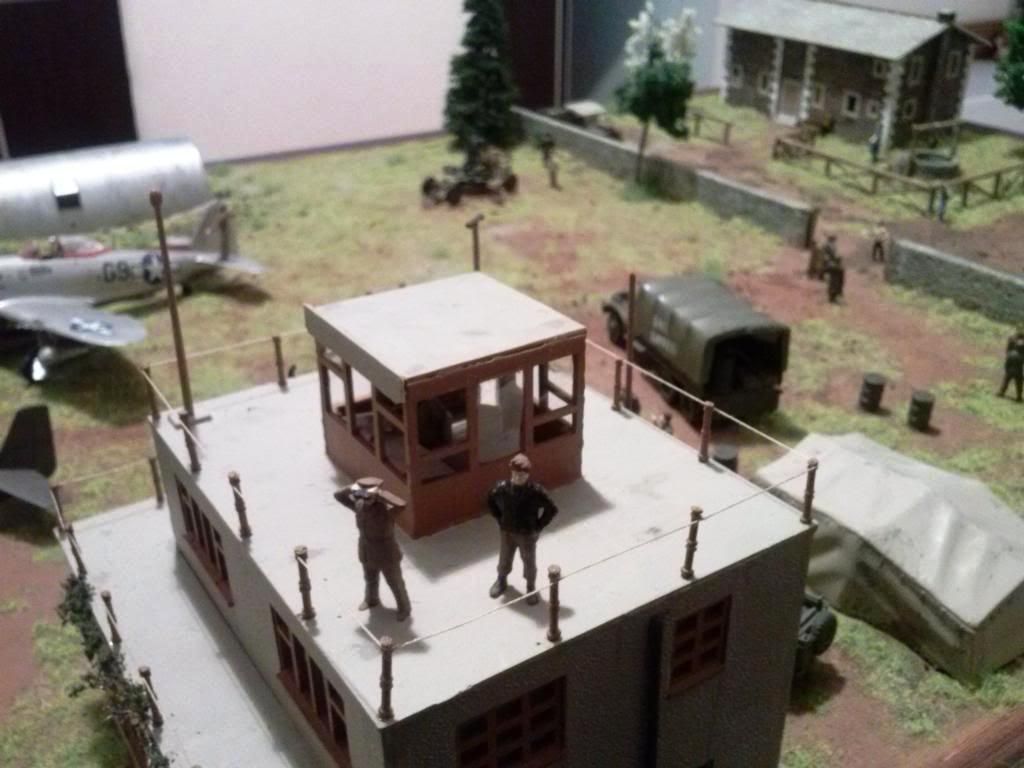
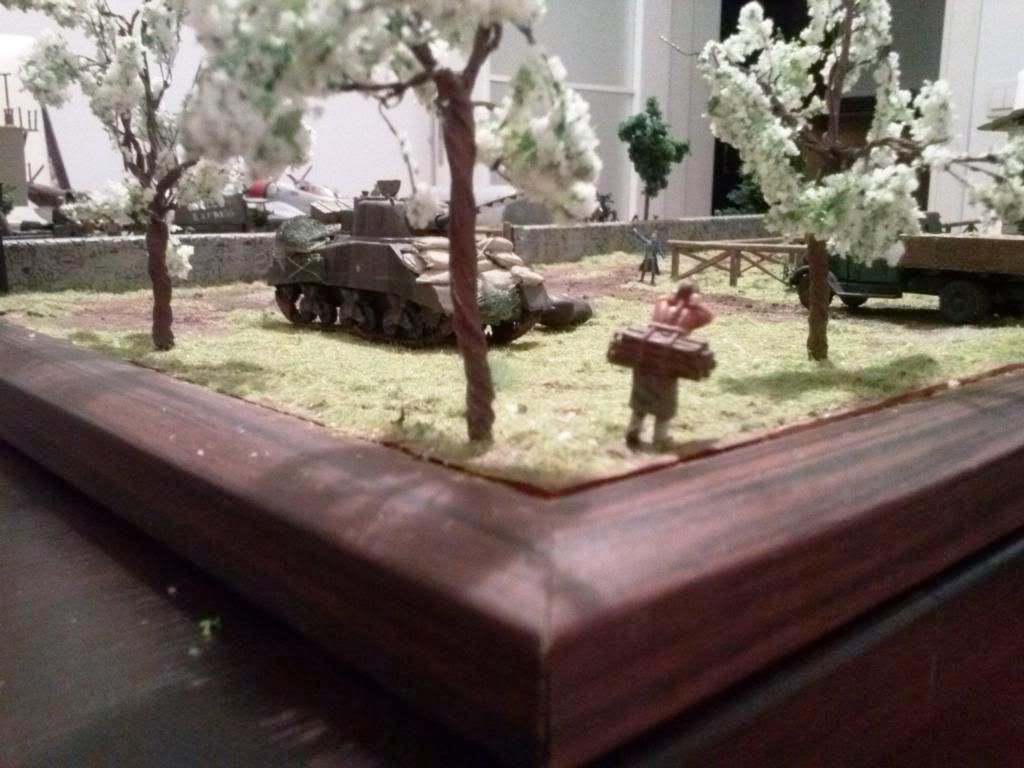
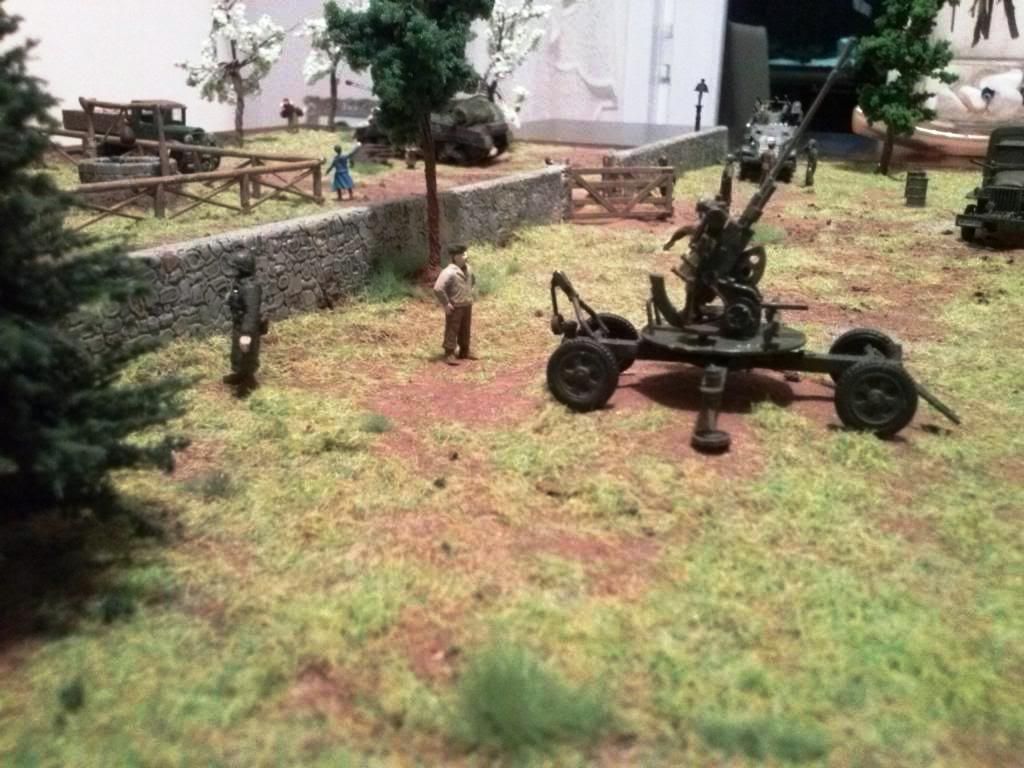
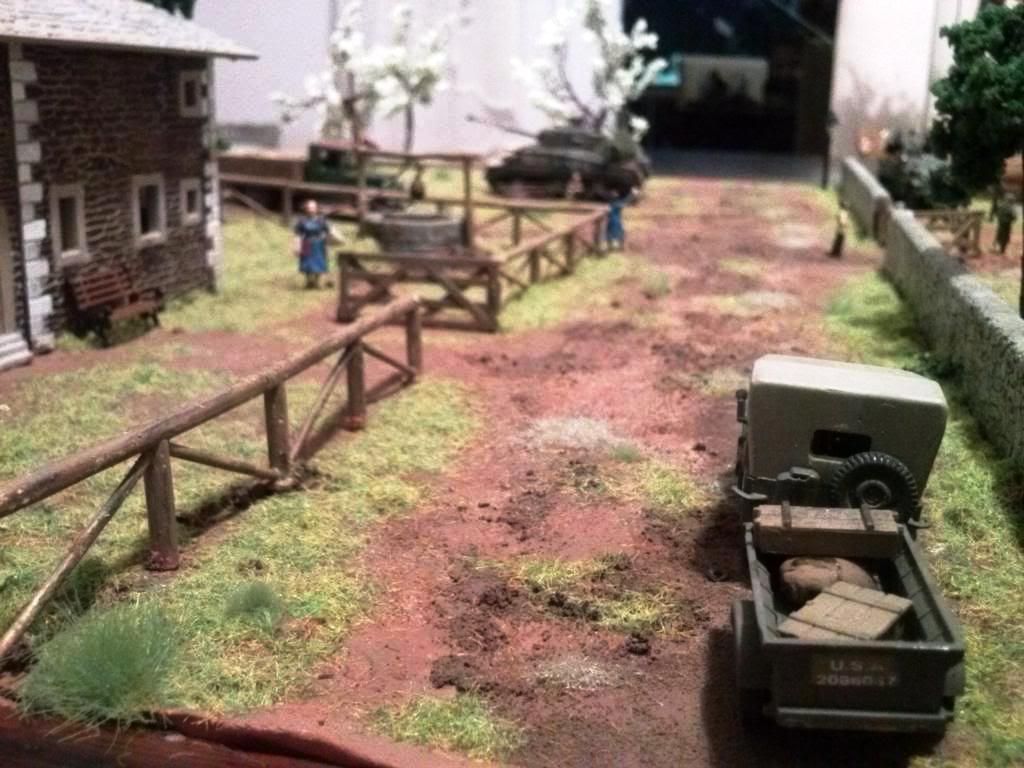

Moi (Hi =)
ReplyDeleteGorgeous pictures, great implementation of
I like most of the woman and the well picture
Thank you for sharing
superb diorama !!
ReplyDeleteIt's quite surprising to see that you have used the Imex Indians as civilians but it works ! so good idea !